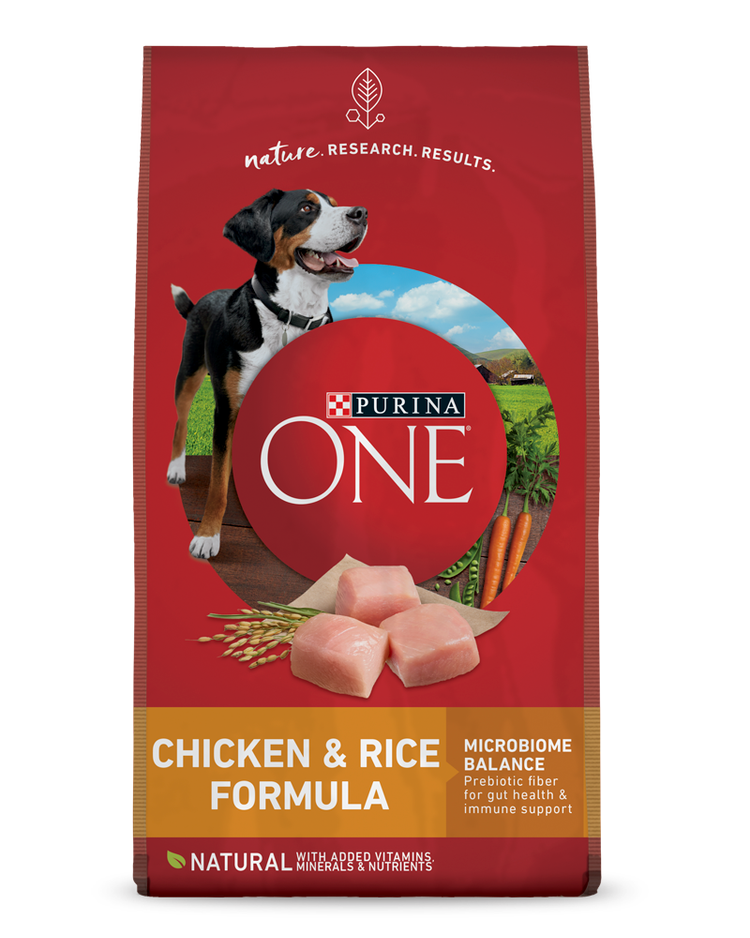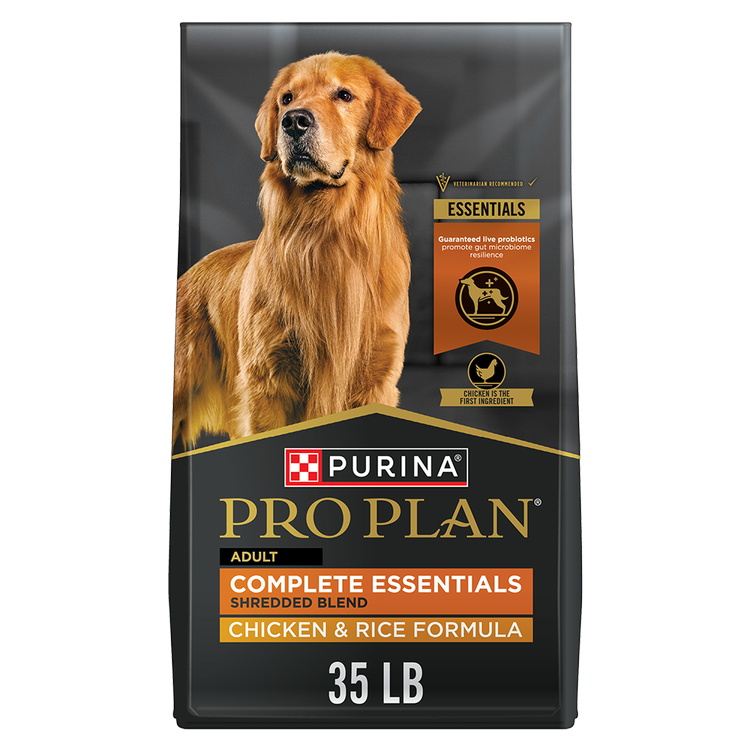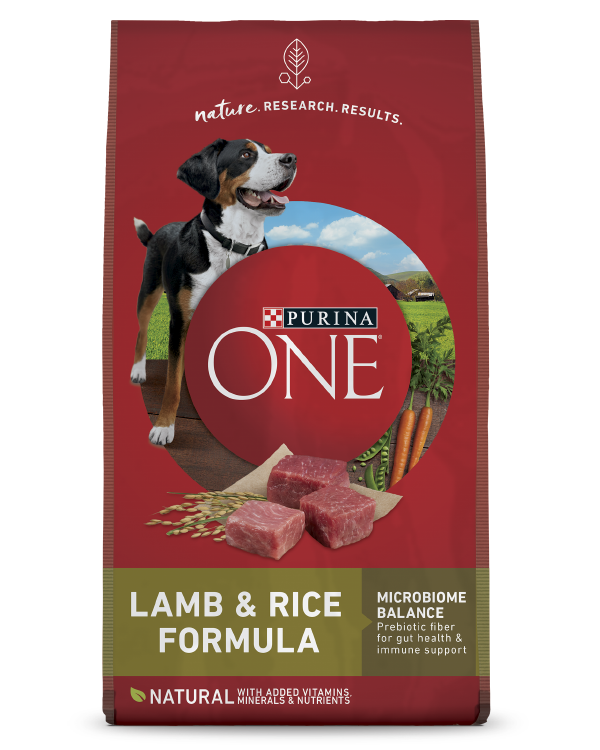Xylitol is a popular substitute for sugar in a variety of products. Although safe for human consumption, xylitol can be bad for dogs.
In fact, xylitol toxicity in dogs can be life-threatening. This makes it critical to know exactly what it is and what kind of products it’s in to prevent harm to your dog.
What is Xylitol?
Xylitol is a sugar alcohol. It occurs naturally in foods like berries, lettuce, corn and more. It’s often extracted from corn fibers and certain trees for commercial use as a sugar substitute. Although it has been around for decades, xylitol has grown in popularity because it’s low calorie and has a low glycemic index, making it safe for diabetics. It may also offer dental benefits by minimizing plaque formation and stimulating saliva production, thereby reducing the risk of cavities.
Why is Xylitol Bad for Dogs?
This sugar substitute affects humans and dogs differently. The pancreas in both humans and dogs releases insulin, which controls blood sugar. Although xylitol doesn’t cause an insulin release in humans, it can in dogs. The release of insulin is so rapid, in fact, it causes a quick and dramatic drop in blood sugar levels, known as hypoglycemia.
What Dosage Causes Xylitol Toxicity in Dogs?
Toxicity depends on the dog’s size and how much was consumed, but even small amounts can cause hypoglycemia. If not treated promptly, ingestion of larger amounts can advance to more severe problems like liver failure.
Symptoms of Xylitol Poisoning in Dogs
After ingesting xylitol, symptoms may develop within 15-30 minutes or may take as long as 12-18 hours to appear, depending on the product and amount ingested. This makes taking fast action crucial. Symptoms of xylitol poisoning in dogs include:
- Vomiting
- Weakness
- Lack of coordination or difficulty walking or standing
- Lethargy
- Tremors
- Seizures
- Coma
What to Do if Your Dog Ingests Xylitol
There is no antidote for xylitol poisoning in dogs, so contact your veterinarian or emergency animal hospital as soon as possible. The sooner they can treat your dog, the better the outlook. Treatment by your veterinarian may vary depending on your dog’s symptoms, but may include sugar supplementation and IV fluids. Expect them to keep him overnight so they can monitor his condition.
How to Prevent Xylitol Poisoning in Dogs
The best way to prevent xylitol toxicity in your dog is to keep any items containing this sugar substitute well out of his reach. It’s found in countless products, so it’s critical read all labels and ingredients carefully to know where xylitol may be hiding in your home. These foods and products include:
- Jell-O and pudding mixes
- Cake and cookie mixes
- Ice cream and yogurt
- Jams, honey and syrups
- Condiments
- Candies, dark and regular chocolate
- Gum and mints
- Peanut butter and other nut butters
- Yeast and bread dough
- Raisins
- Cough syrup and other medications
- Chewable and gummy vitamins
- Toothpaste and mouthwash
Always read product labels to ensure your dog’s safety. When it comes to yogurt and peanut butter (along with other products), some brands contain xylitol while others don’t.
Keep your veterinarian’s number in your phone so you have it in an emergency. Ask about their emergency procedures on nights, weekends and holidays, so you know how to reach them at all times. You can also call the ASPCA Animal Poison Control Center at (888) 426-4435, though charges may apply.
Related articles

Find Your Pet’s Perfect Food
Get your personalized recommendation with our Pet Food Finder tool.








